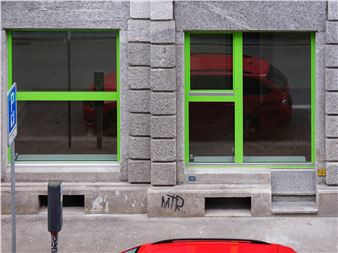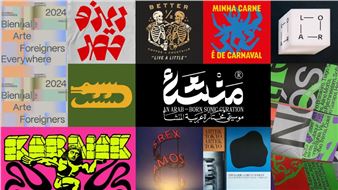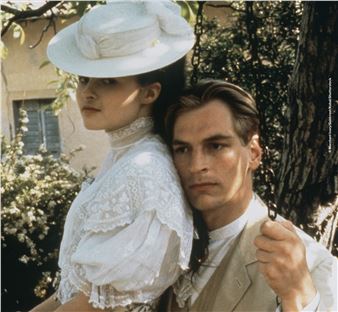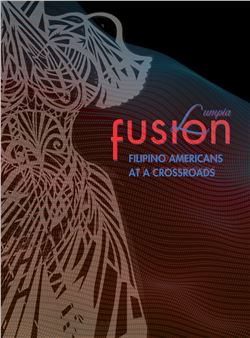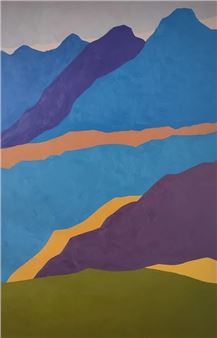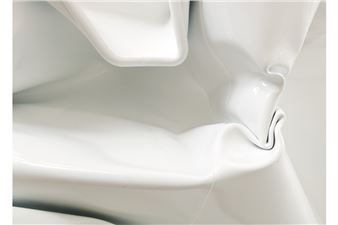Red Gold. The Miracle of Herrengrund
Further east, the Starأ© Hory Mountains in what is now Slovakia also provided coveted raw materials. More than 400 years ago, miners there made a sensational discovery near the village of Herrengrund (called إ pania Dolina in Slovakian): iron tools left behind in the mine water were found to have turned into copper after several weeks. Goldsmiths then used this copper to make small gilded vessels, which celebrated the successes of the miners and became coveted collectorâ€کs items.
At the focus of the exhibition in the Grأ¼nes Gewأ¶lbe are works from the Middelschulte Foundation, one of the largest collections of such copper vessels. It is now on permanent loan to the museum in Leogang. These items are complemented by exhibits from Aachen, Bochum, Budapest, Munich, and Vienna, including spectacular table decorations in the form of miniature mountains comprising numerous mineral specimens.
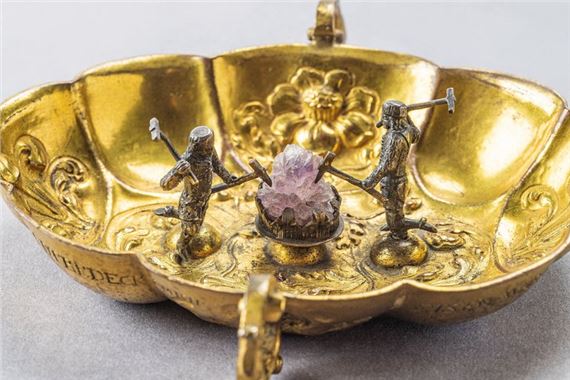
Recommended for you
Further east, the Starأ© Hory Mountains in what is now Slovakia also provided coveted raw materials. More than 400 years ago, miners there made a sensational discovery near the village of Herrengrund (called إ pania Dolina in Slovakian): iron tools left behind in the mine water were found to have turned into copper after several weeks. Goldsmiths then used this copper to make small gilded vessels, which celebrated the successes of the miners and became coveted collectorâ€کs items.
At the focus of the exhibition in the Grأ¼nes Gewأ¶lbe are works from the Middelschulte Foundation, one of the largest collections of such copper vessels. It is now on permanent loan to the museum in Leogang. These items are complemented by exhibits from Aachen, Bochum, Budapest, Munich, and Vienna, including spectacular table decorations in the form of miniature mountains comprising numerous mineral specimens.
Contact details


 ARTISTS
ARTISTS







